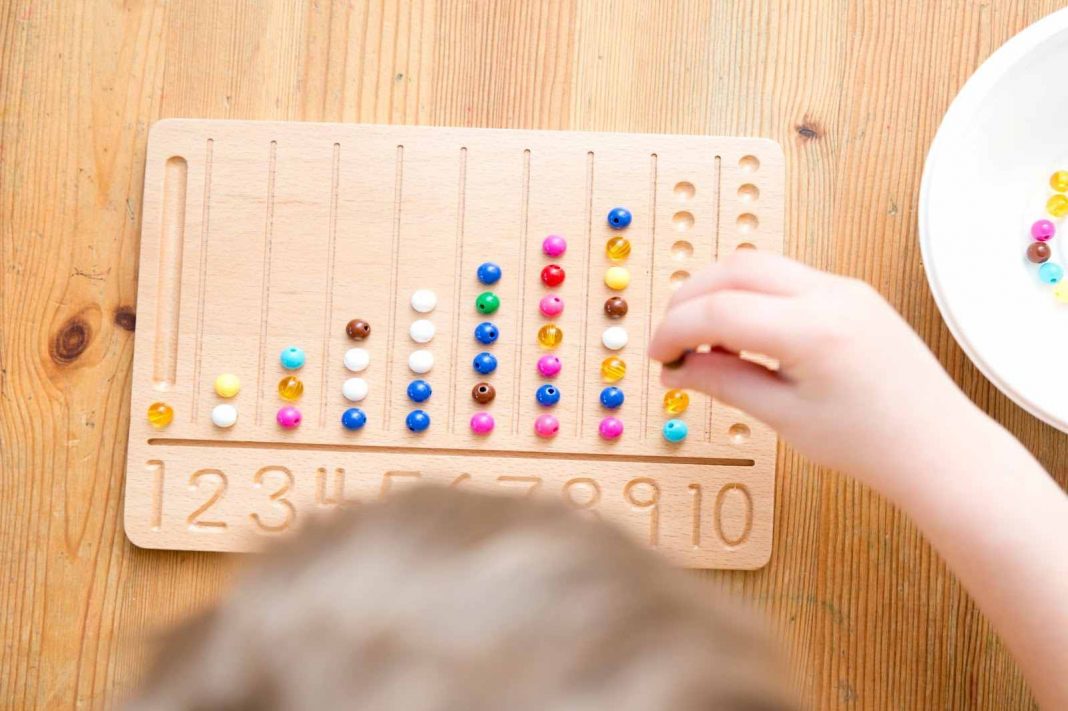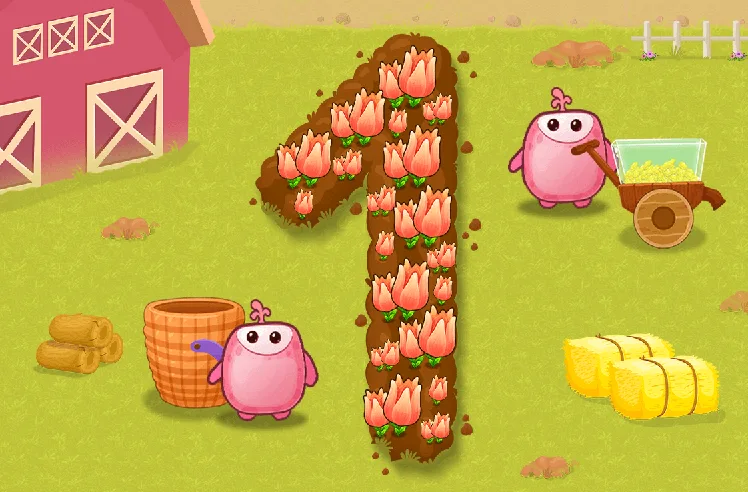When you first hear “number sense,” it might sound like a straightforward concept to teach. However, it’s crucial to understand that there’s more to it than meets the eye. Teaching number sense involves a clear progression through various segments, each building upon the last. This journey is not just about learning numbers but about understanding their significance and how they interact with each other. In this guide on “how to teach number sense,” we’ll explore effective strategies and activities to make this journey educational and enjoyable for kids.
Math & ELA | PreK To Grade 5
Kids see fun.
You see real learning outcomes.
Watch your kids fall in love with math & reading through our scientifically designed curriculum.
Parents, try for free Teachers, use for free
What is Number Sense?
Number sense is a fundamental mathematical concept, but what exactly does it mean? Simply put, it’s an intuitive understanding of numbers, their value, and how they relate to each other. It’s not just about being able to count or recognize numbers; it’s about grasping what numbers represent and how they can be used in different situations.
Think of number sense as the foundation of all math learning. It’s like learning the alphabet before you start reading. Without a strong sense of numbers, kids might struggle with more complex math concepts later on. It’s crucial to understand how much, how many, or how big and grasp more abstract ideas like estimating, comparing, and problem-solving.
The components of number sense include several key elements:
- Understanding Numbers: Recognizing numbers and knowing what they stand for.
- Number Relationships: Grasping how numbers relate, like which are bigger or smaller.
- Basic Operations: Understanding simple math operations like addition, subtraction, multiplication, and division.
- Estimation: Being able to make educated guesses about numbers.
- Number Patterns: Recognizing and predicting patterns in numbers.
11 Progressive Strategies on How to Teach Number Sense
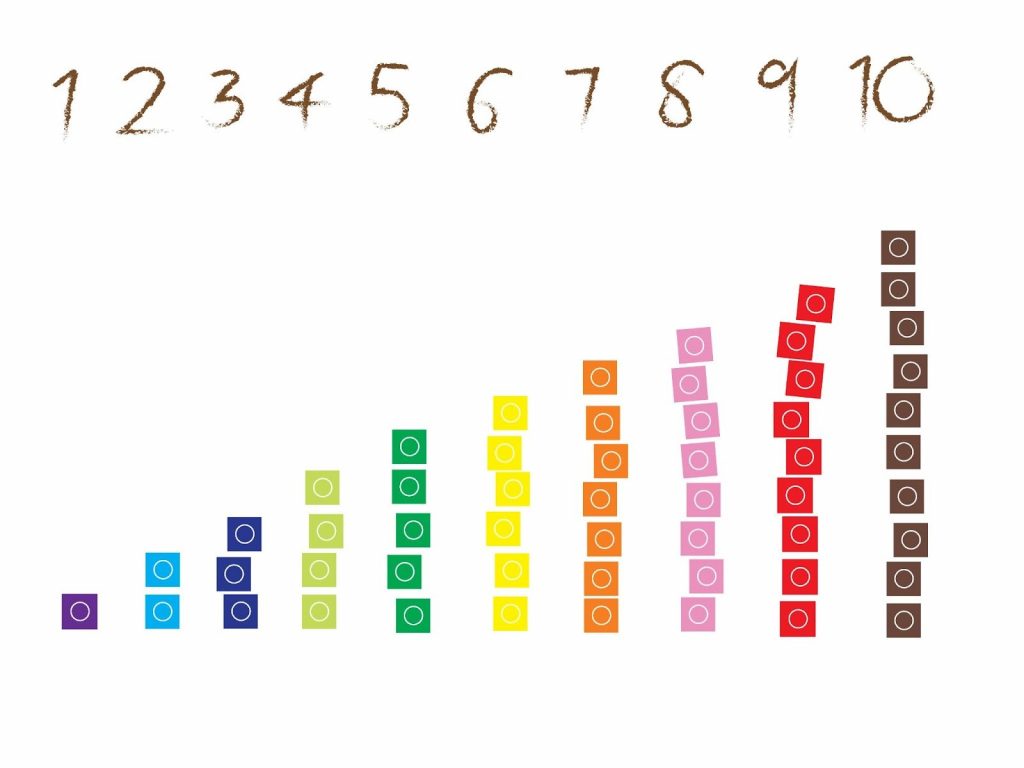
1. Number Recognition
This step focuses on helping children identify and name numbers correctly. It’s about recognizing the shape and form of each number and being able to associate it with its name.
When to Start: This can be introduced in early preschool, starting with numbers 1-10 and gradually expanding to larger numbers.
Skills and Milestones: Key skills include recognizing and naming numbers when seen in various contexts (like in books, on signs, etc.). A significant milestone is when a child can consistently and accurately identify numbers in a range such as 1-20.
Begin here with number recognition games to develop accurate number identification skills:
2. Writing Numbers
This step involves teaching children how to write numbers physically. It reinforces their understanding of number recognition through the act of writing.
When to Start: This can be introduced shortly after or alongside number recognition once children are familiar with identifying numbers.
Skills and Milestones: Key skills include the ability to correctly form each number, starting with simpler numbers (like 1, 2, 3) and progressing to more complex ones. A significant milestone is when a child can write numbers in sequence and do so legibly and accurately.
Start here with number writing games to reinforce number recognition through physical practice:
3. Counting
Counting involves teaching children to enumerate objects or quantities in a sequence. It’s not just about memorizing the order of numbers but understanding that each number represents a specific quantity.
When to Start: This should be introduced once children are comfortable with number recognition, typically in preschool.
Skills and Milestones: Key skills include counting objects one-by-one accurately, understanding one-to-one correspondence (each object counted corresponds to one number), and eventually being able to count out loud without needing to see objects. A significant milestone is when a child can count to higher numbers (like 50 or 100) and begin to understand the concept of ‘zero‘ as a placeholder or representing ‘nothing’.
Start here with counting games to strengthen counting skills and understand quantity representation:
Related Reading: Best Counting Activities for Preschoolers
4. Number Sequence
This step is about teaching children the correct order of numbers. Kids learn which number comes next, which one comes before, and how numbers follow each other in a sequence.
When to Start: Begin this after children are comfortable with recognizing and counting numbers, usually in preschool or early elementary school.
Skills and Milestones: Important skills include putting numbers in the right order and understanding the concept of ‘next’ and ‘previous’ numbers in a sequence. A big achievement is when a child can independently arrange numbers in order and recognize patterns like counting up or down.
Begin here with sequencing games to enhance number order understanding:
5. Visual Representation Using Objects and Visuals
Here, children use physical objects (like blocks or beads) and visual aids (like pictures or drawings) to understand what numbers mean. It helps them see how numbers represent real things.
When to Start: This can be introduced alongside or shortly after starting with number sequencing.
Skills and Milestones: Key skills include matching numbers to groups of objects and beginning to use visual tools like number lines or charts. A big step forward is when a child can look at a group of objects and know the number it represents or see a number and visualize that many objects in their mind.
Start here with a visual representation game to connect numbers with real-world objects and visuals:
6. Skip Counting
Skip counting is about counting numbers in a pattern, like by twos, fives, or tens. It’s a fun way for kids to learn and a good start for understanding multiplication and division later.
When to Start: This should be introduced once kids are comfortable with basic counting and number sequencing, typically in early elementary school.
Skills and Milestones: Skills to develop include counting by different numbers (like 2, 5, 10) and understanding the pattern it creates. A big milestone is when a child can skip count forward and backward, and use these skills in different situations, like counting coins or understanding time.
Start here with skip counting games to learn counting patterns and multiples:
7. Compare and Order Numbers
This step involves teaching children how to compare and put different numbers in order. They learn to understand which numbers are bigger, smaller, or equal to others.
When to Start: Start once kids are comfortable with number sequencing and understanding values, typically in early elementary school.
Skills and Milestones: Essential skills include using comparison symbols like > (greater than), < (less than), and = (equal to), and understanding how to arrange numbers in ascending (from smallest to largest) or descending (from largest to smallest) order. A significant milestone is when a child can independently compare numbers and correctly use terms and symbols to describe their relationship.
Begin here with comparison games to master greater than, less than, and equal to concepts:
8. Even and Odd Numbers
This step introduces the concept of even and odd numbers. It’s a basic way to start understanding the different properties that numbers can have.
When to Start: Introduce this after children grasp counting and number sequences well, usually in elementary school.
Skills and Milestones: Key skills include identifying whether a number is even or odd. A major milestone is when a child understands the pattern of even and odd numbers (like even numbers can be divided evenly into two groups, odd numbers cannot) and can apply this understanding to new numbers they encounter.
Start here with even and odd number games to grasp the concept of number properties:
9. Place Value
Place value teaches children the value of each digit in a number based on its position. For example, in the number 215, the ‘2’ is in the hundreds place and represents 200.
When to Start: This concept should be introduced after children understand numbers and counting, typically in elementary school.
Skills and Milestones: Key skills include recognizing that in a multi-digit number, each digit has a different value depending on its place (like tens, hundreds, or thousands). A major milestone is when a child can break down numbers into tens, hundreds, etc., and understand the value of each digit in larger numbers.
Start here with place value games to understand the significance of each digit:
10. Using Number Lines
Number lines are introduced as a visual tool to help children understand the relationship between numbers and to perform basic mathematical operations like addition and subtraction.
When to Start: This can be introduced once kids have a basic understanding of numbers, counting, and simple operations, typically in elementary school.
Skills and Milestones: Key skills include using a number line to find the position of a number, to add or subtract numbers, and to understand intervals between numbers. A major milestone is when a child can use a number line to solve more complex problems, such as skip counting or understanding negative numbers.
Begin here with number line games to explore number relationships visually:
11. Pattern Recognition
This step involves teaching children to identify and create patterns with numbers. It’s about noticing sequences and regularities, which is important for developing logical thinking and problem-solving skills.
When to Start: Introduce this after children are comfortable with basic counting, number sequencing, and skip counting, usually in elementary school.
Skills and Milestones: Skills include recognizing patterns (like odd and even numbers, counting patterns) and predicting the next numbers in a sequence. A significant milestone is when a child can create their number patterns and explain the logic behind them.
Initiate here with pattern recognition games to develop sequencing and regularity skills:
5 Activities to Teach Number Sense
1. Counting with Everyday Objects
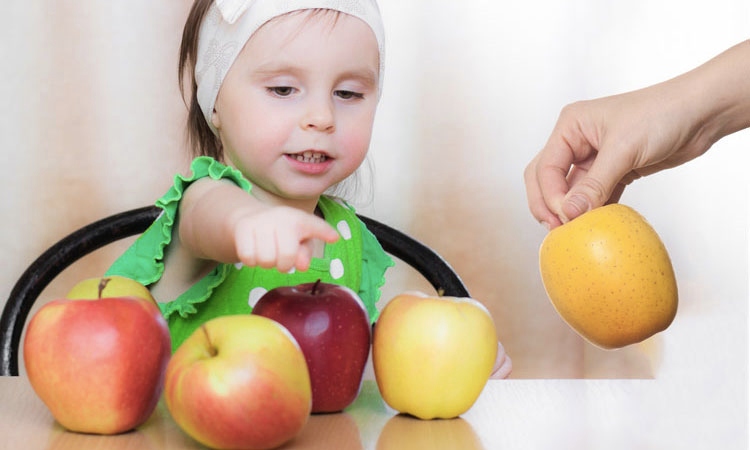
This activity is a practical approach to teaching number sense, where children learn that numbers represent real quantities. By using familiar objects, children can relate more easily to numbers. It’s an effective way to introduce counting in a tangible, meaningful context.
Materials: Everyday items (e.g., fruits, toys, pencils).
How to Do It: Have the child count various items, starting with smaller numbers and gradually increasing. This method reinforces the idea that numbers are not abstract but correspond to real-world quantities.
2. Number Matching Cards
Number matching is a visually engaging activity that helps children connect numeric symbols with their corresponding quantities. It’s an excellent way to reinforce number recognition and counting skills in a fun, game-like setting. This activity also aids in developing memory and concentration.
Materials: Cards with numbers and cards with corresponding dots or pictures.
How to Do It: Lay out the cards face down. The child turns over two cards at a time, trying to match the number card with its corresponding picture card, like matching the number ‘4’ with a card showing 4 apples.
3. ‘Roll & Move’ Board Game
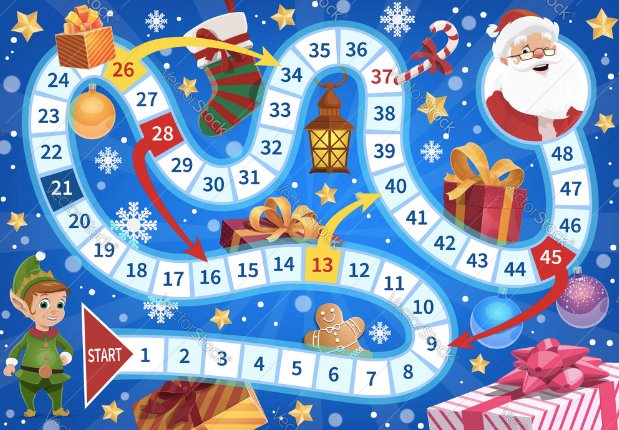
Using board games for number sense teaching is both fun and educational. Games like ‘Snakes and Ladders incorporate basic counting and number recognition in a playful environment. This activity is great for teaching number sequencing and offers a practical application of counting skills.
Materials: A simple board game like ‘Snakes and Ladders’, dice.
How to Do It: The child rolls the dice and counts the dots, then moves their game piece the corresponding number of spaces. This reinforces number recognition and counting in a sequential manner.
Related Reading: Best Math Board Games to Enhance Your Kid's
4. Interactive Number Storytelling
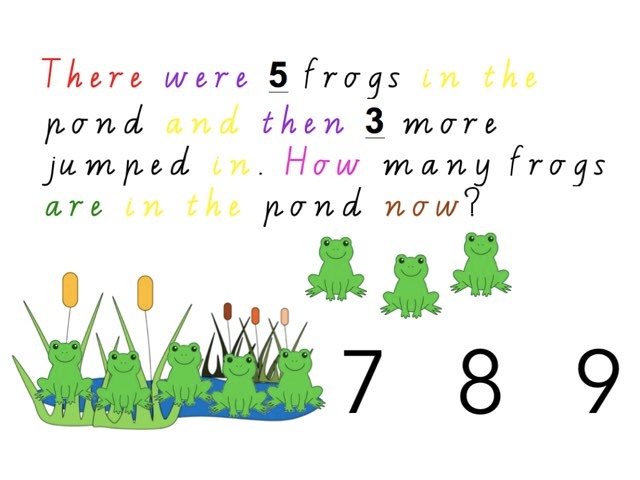
Storytelling with a numerical twist is an innovative way to engage children with numbers. By integrating numbers into stories, children can see and understand numbers within the context of a narrative. This method makes learning numbers more relatable and memorable.
Materials: Children’s books with numbers in the story (e.g., “The Very Hungry Caterpillar”).
How to Do It: Read the story to the child and pause at moments where numbers are mentioned. Ask the child to count or identify the numbers in the story, turning it into an interactive learning experience.
Related Reading: Best Number Activities for Preschoolers
5. Number Scavenger Hunt
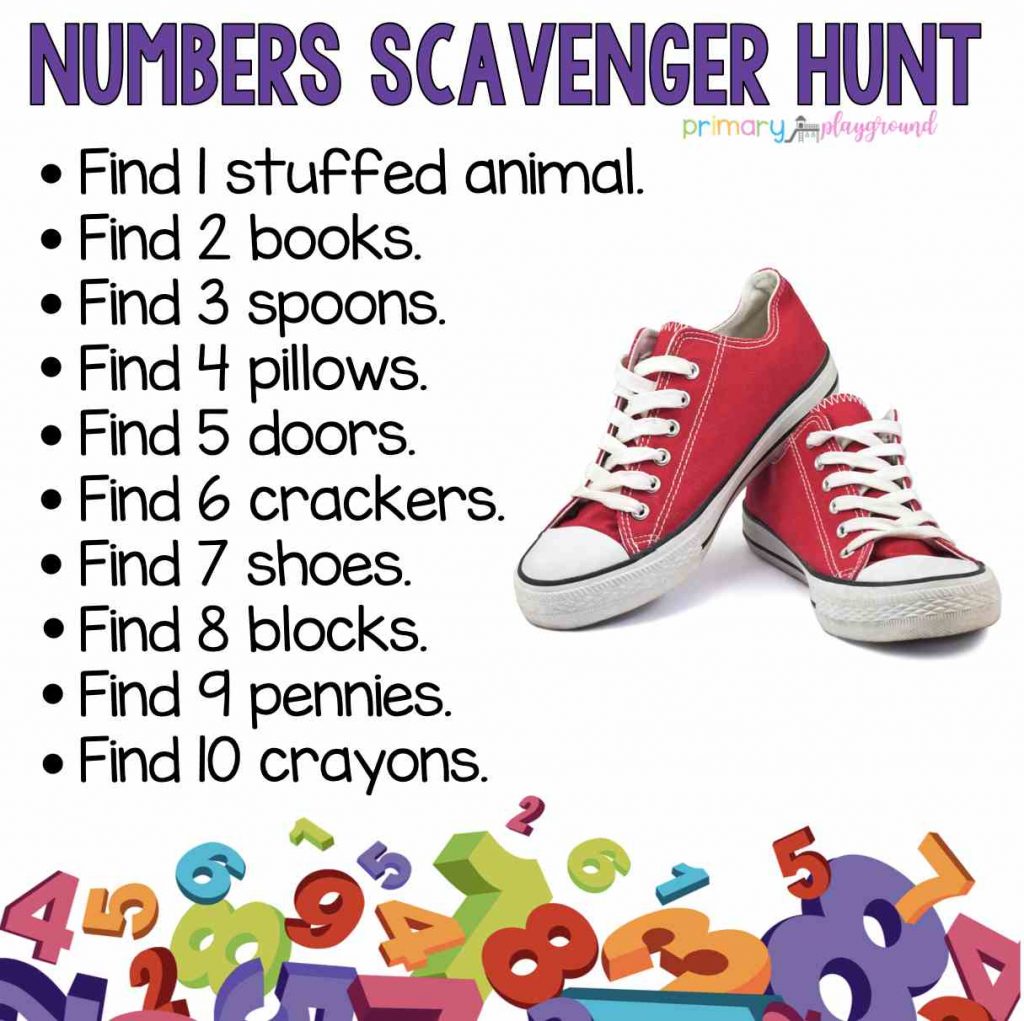
A number scavenger hunt is an exciting way for children to apply their counting skills in a real-world setting. This activity encourages exploration and active participation, making learning about numbers an adventurous experience. It’s a great way to combine physical activity with educational goals.
Materials: List of items to find with specific quantities (e.g., ‘3 red objects’, ‘5 leaves’).
How to Do It: Provide the child with a list of items to find, each with a specified quantity. As they search for and count each item, they practice and reinforce their number sense skills.
Related Reading: Best Outdoor Math Activities That Make Learning Fun
5 Benefits of Teaching Number Sense to Kids
1. Stronger Mathematical Foundation: Implementing effective number sense strategies lays the groundwork for all future mathematical learning, ensuring kids have a solid base to build upon.
2. Improved Problem-Solving Skills: Regular practice in teaching number sense to struggling students not only helps them overcome challenges but also enhances their analytical and problem-solving abilities.
3. Boosts Confidence in Math: Knowing how to teach number sense effectively can significantly boost children’s confidence, especially in mathematics, making them more engaged and willing to learn.
4. Better Academic Performance: A strong understanding of number sense is often linked to improved performance in various academic areas, as math skills are integral to many subjects.
5. Real-World Application: Effective number sense strategies equip children with practical skills, enabling them to apply mathematical concepts in everyday life situations.
Conclusion
To effectively teach number sense, remember it’s all about making math relatable and fun. Keep the learning process interactive and grounded in real-life examples. This approach not only simplifies how to teach number sense but also sparks a lasting interest and understanding in children, setting them up for success in math and everyday life.
Be sure to check out How to Teach Multiplication to Kids and How to Teach Decimals to kids
Frequently Asked Questions (FAQs)
At what age should I start teaching number sense to my child?
It’s ideal to start as early as preschool, around ages 3 to 4. Begin with basic concepts like counting and recognizing numbers, and gradually introduce more complex ideas as they grow.
How can I help a child who is struggling with number sense?
Focus on hands-on activities and visual aids. Games, puzzles, and real-life counting scenarios can be particularly helpful. Patience and consistent practice are key in teaching number sense to struggling students.
Are there any specific tools or resources that can aid in teaching number sense?
Yes, there are many resources available. Number lines, counting blocks, educational apps, and interactive games like SplashLearn are great tools. These resources make learning more engaging and can significantly enhance number sense strategies.

















